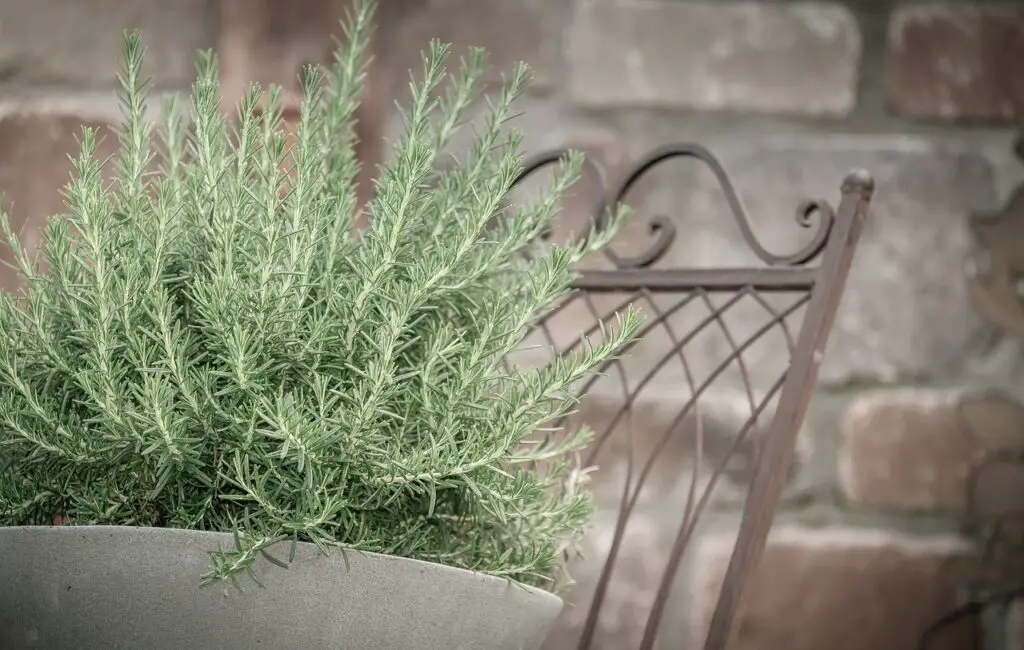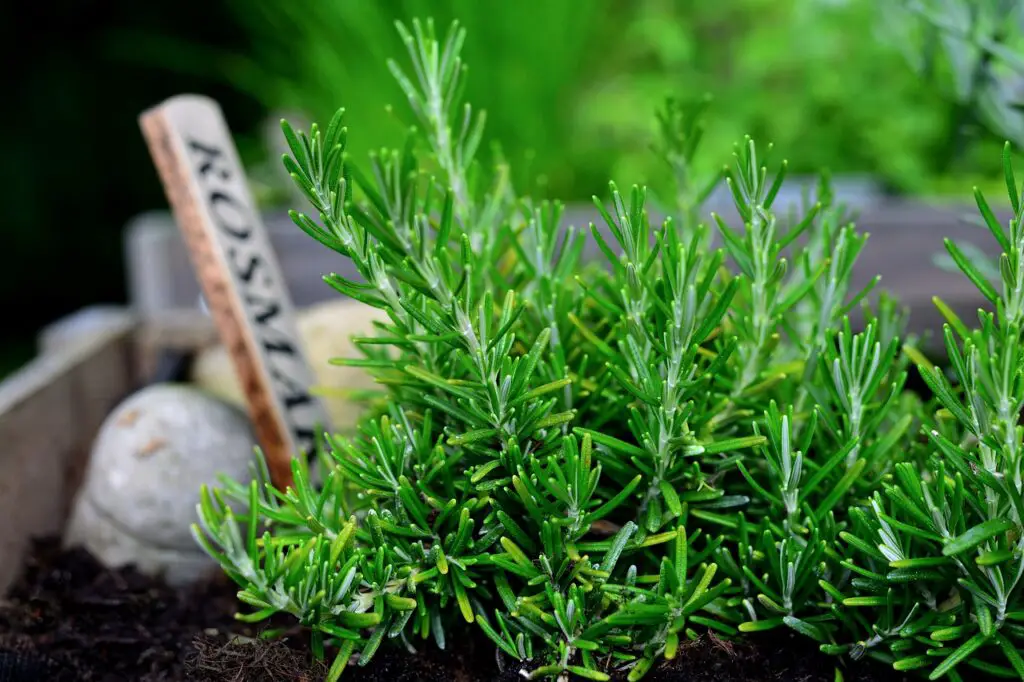Rosemary is a popular herb that is used in a variety of dishes and is often grown in gardens or as a potted plant. Pruning is an important part of caring for rosemary, as it can help encourage bushier growth and prevent the plant from becoming too leggy or woody. In this article, we will discuss how to prune rosemary for bushier growth, as well as important subtopics related to this process.

Understanding Rosemary Pruning Basics
Before we dive into the specifics of pruning for bushier growth, it’s important to understand some basic principles of rosemary pruning. Rosemary is a slow-growing plant, so it’s important to be careful when pruning to avoid cutting too much at once. Additionally, rosemary has woody stems that can become quite thick over time, so pruning regularly can help keep the plant more manageable.
When pruning rosemary, it’s best to use a pair of sharp, clean pruning shears. Cut back stems to just above a set of leaves, and avoid cutting into the woody part of the stem. Also, make sure to remove any dead, damaged, or diseased stems or leaves.
Next, take a look at the overall shape of the plant. If it’s starting to look uneven or lopsided, you can selectively prune certain stems to help balance things out. You can also trim the tips of the stems to help promote more branching and a fuller appearance.
Remember to always use sharp, clean pruning shears, and avoid cutting too much at once. It’s better to make several small cuts over time than to try to prune too much all at once.
Tips for Maintaining a Healthy Rosemary Plant
In addition to pruning, there are several other things you can do to help keep your rosemary plant healthy and looking its best. Here are a few tips:
- Water regularly, but don’t overwater. Rosemary prefers well-drained soil and can be prone to root rot if it’s kept too wet.
- Provide plenty of sunlight. Rosemary needs at least six hours of direct sunlight per day to thrive.
- Fertilize once or twice per year. Use a balanced fertilizer and apply it in the spring or early summer.
- Watch out for pests and diseases. Common pests include spider mites and whiteflies, and common diseases include powdery mildew and root rot.

Conclusion
Pruning is an important part of caring for rosemary, as it can help encourage bushier growth and prevent the plant from becoming too leggy or woody. To prune rosemary for bushier growth, start by removing any dead or damaged stems or leaves, and then selectively prune long or leggy stems to just above a set of leaves. Be sure to use sharp, clean pruning shears and avoid cutting too much at once. With proper pruning and

